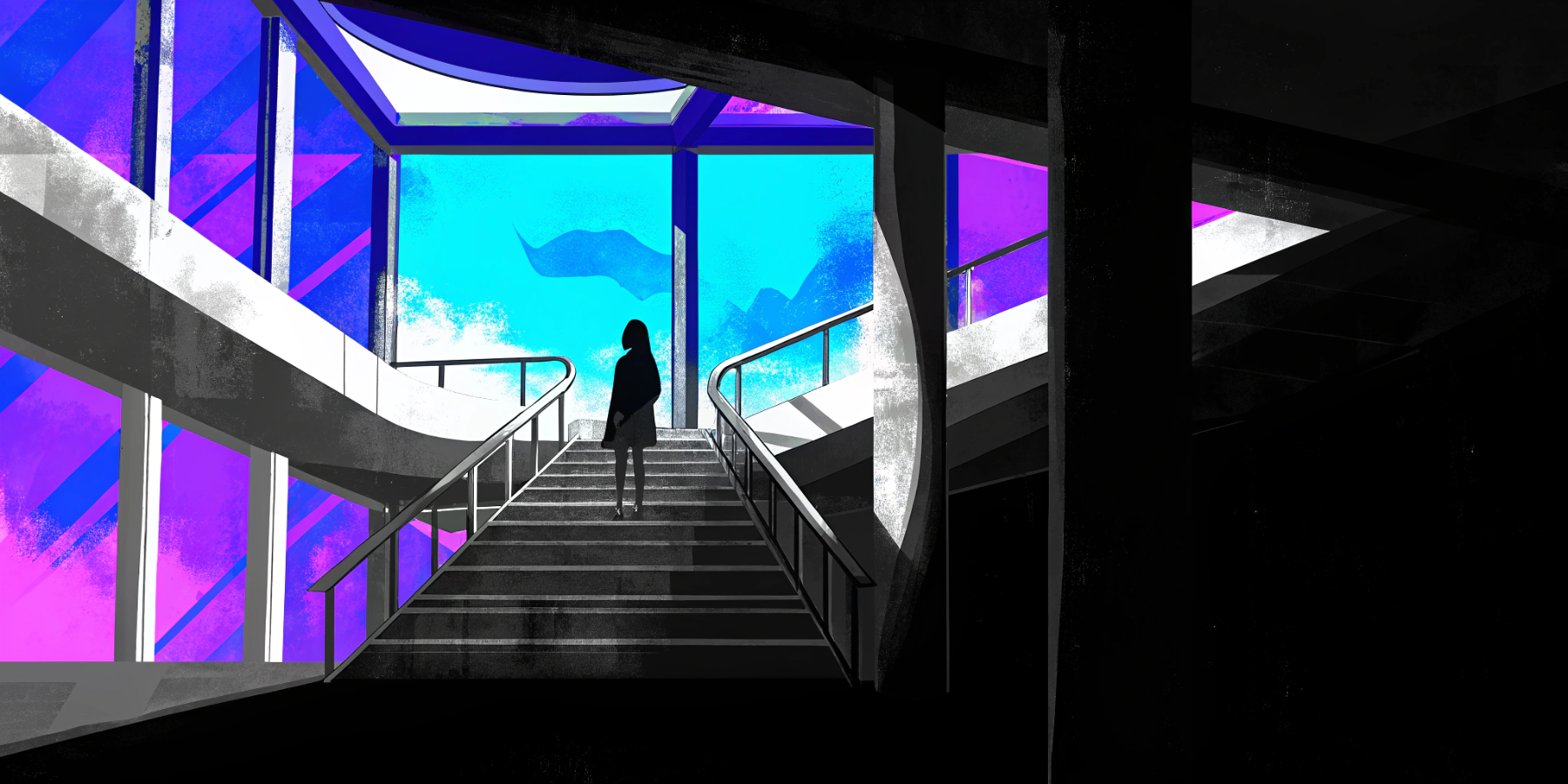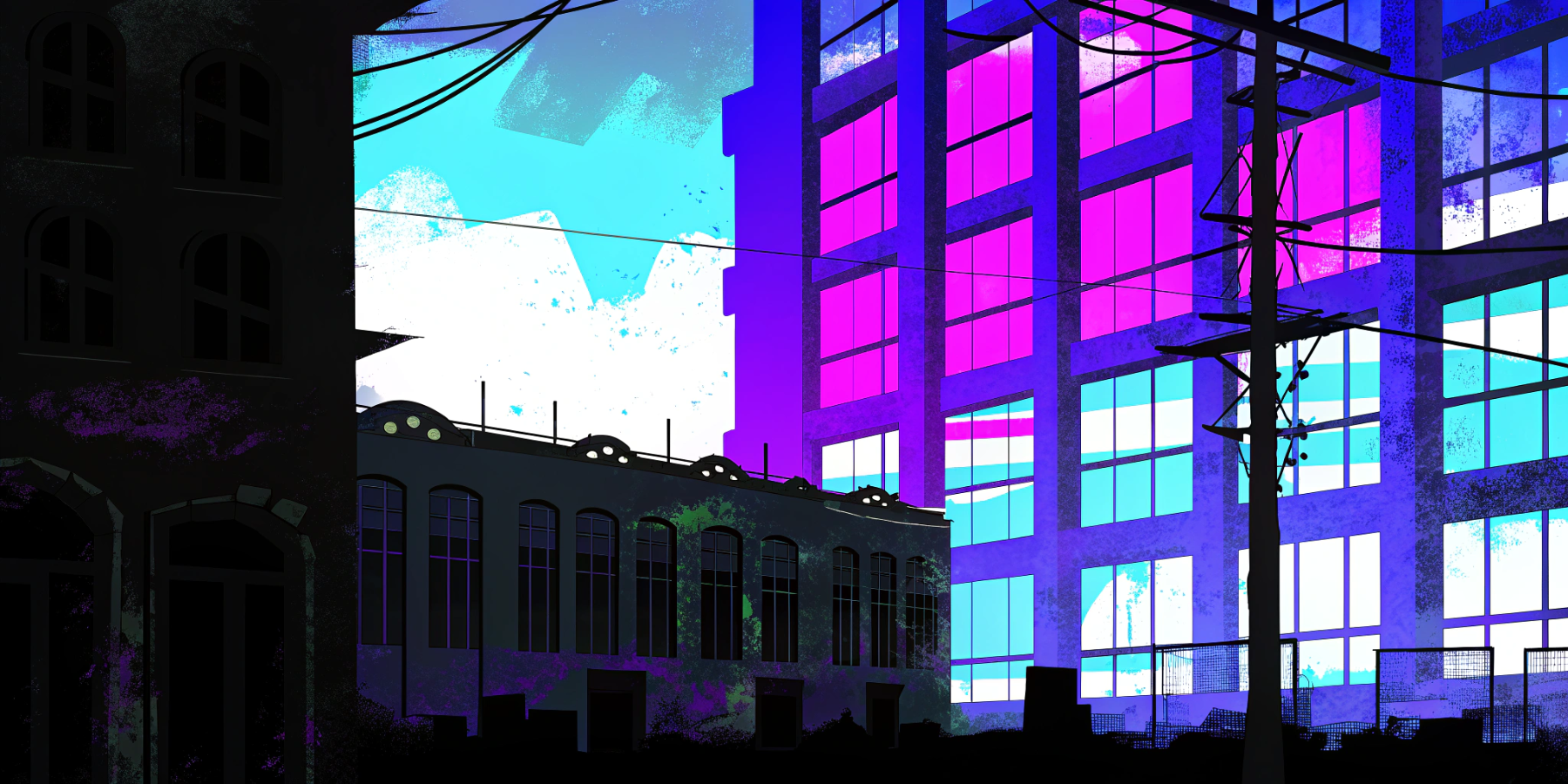WordPress introduced Gutenberg as a way for anyone to build pages visually, but the reality for designers and clients has been far less empowering. What started as a promise of rapid page creation has become a risk to brand consistency, client autonomy, and design integrity.
The Promise of Rapid Page Building
Gutenberg’s block-based editor sold designers on speed. Drag-and-drop modules felt intuitive, and prebuilt patterns made prototypes fast. Yet the very blocks meant to streamline design often impose rigid constraints—preset margins, inconsistent HTML wrappers, and limited styling controls. What looks fine in the editor can break entirely when viewed on different devices or themes.
When “Quick Builds” Look Cheap
Blocks encourage repetition of the same layouts. Without custom code, every headline, gallery, and testimonial risks looking templated. Designers find themselves shoehorning unique layouts into a grid of generic blocks, sacrificing visual distinctiveness. The client’s site ends up resembling hundreds of others, undermining the agency’s creative strengths.
Design-First Workflow Meets Block Limitations
True design work begins in tools like Figma or Sketch, where every pixel and interaction is deliberate. Translating those designs into Gutenberg blocks, however, often forces compromises:
- Nested blocks become unruly. Designers wrap layers of columns, groups, and spacers—only to discover block markup generates excessive wrapper
<div>s. - Responsive control is limited. Gutenberg lacks the fine-grained breakpoint settings of CSS frameworks, making mobile designs a kludge of hidden blocks and custom CSS hacks.
- Global styles fall short. Attempts to enforce consistent typography and color through the Theme JSON often conflict with plugin-provided block defaults.
Designers end up hand-coding overrides or abandoning Gutenberg’s visual editor altogether—defeating its very purpose.
Handing Off to the Client: A Broken Promise
One key selling point was empowering clients to update their own content. In practice, most clients find the block interface confusing:
- Blocks disappear after plugin or theme updates. A content editor clicks “Update” only to find a broken block and a raw shortcode alert.
- Recovering a block rarely restores the intended layout. Block recovery tools salvage content, not structure—forcing designers to spend hours reassembling pages.
- Complex blocks require developer assistance. Clients tasked with simple edits—like swapping an image—often send tickets straight back to their designer.
Rather than empowering clients, Gutenberg has created a new “middleman” role for designers who must constantly troubleshoot broken blocks.
Block Recoveries and Broken Blocks
Even mature sites with stable plugins face block corruption. A single plugin deactivation can turn dozens of blocks into “Unsupported” placeholders. While Gutenberg includes a recovery prompt, that process:
- Strips custom CSS classes you painstakingly applied.
- Flattens nested blocks into plain HTML, losing the modular flexibility.
- Triggers database bloat with revision histories of failed recoveries.
Designers end up manually reconstructing pages or reverting to backups—undermining confidence in site stability.
The Code-to-Block Transition Headache
Early attempts to convert custom HTML and shortcodes into reusable blocks highlight another pain point. Automatic block generation tools wrap legacy code in a single “Custom HTML” block, which:
- Loses semantic markup, forcing manual re-tagging of headings and lists.
- Cannot be styled globally, because it sits outside the registered block ecosystem.
- Breaks when Gutenberg updates its block-serialization format.
Teams find themselves re-writing blocks from scratch just to maintain compatibility, diverting precious resources from design innovation.
Impact on Web Designers’ Workflows
Gutenberg was meant to simplify page building—but it has introduced complexity at every turn:
- Longer onboarding. Designers must learn the quirks of blocks, patterns, and Theme JSON.
- More QA. Every update cycle demands a site-wide check for broken layouts and misplaced wrappers.
- Less creativity. When time is spent on block fixes, there’s little left for crafting truly custom experiences.
Teams increasingly ask: is Gutenberg really saving time, or simply shifting overhead from developers to designers?
Moving Beyond Gutenberg
Design-led agencies are embracing alternatives that respect creative intent and empower clients without block-based chaos:
- Headless CMS with a decoupled front end (Astro, Next.js) lets designers build in code or visual tools, then connect content via API—no blocks required.
- Page builders with robust backing like Webflow provide native design controls and cleaner DOM output, ensuring client edits stay safe.
- Custom Gutenberg plugins that register fully-controlled blocks, though a partial fix, still live within the same block-based limitations.
Preserving Design Integrity and Client Autonomy
The downfall of Gutenberg isn’t just broken blocks—it’s the way it forces designers into compromises and leaves clients reliant on developer intervention. By choosing a workflow that separates design from content structure, agencies can deliver:
- Pixel-perfect sites that match brand guidelines without wrestling block markup.
- Intuitive editing experiences tailored to client needs, not generic block lists.
- Future-proof architectures that avoid the pitfalls of broken blocks and unsupported patterns.
In a world where web design demands both agility and precision, it’s time to rethink Gutenberg’s place in your toolkit. Choose platforms and workflows that truly support design-first development—so your creativity and your clients’ independence both thrive.






